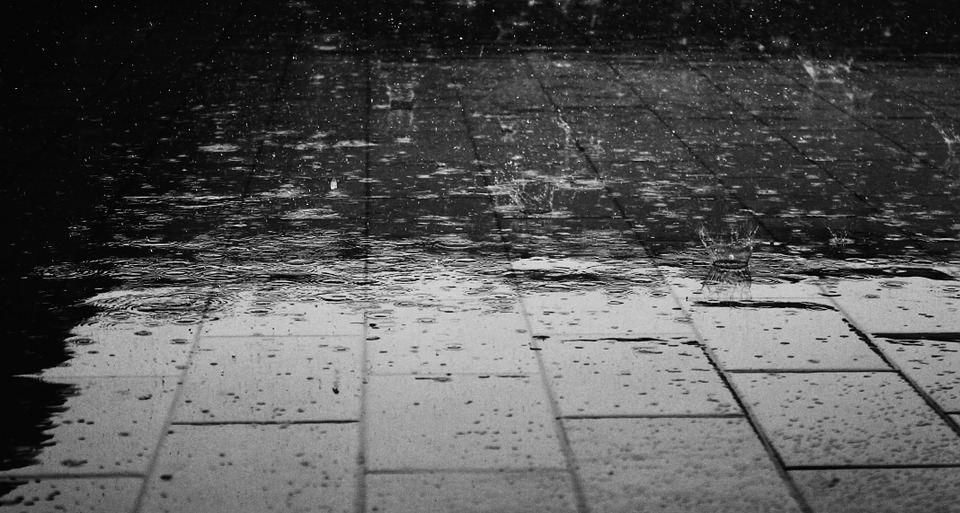
When you are looking for a new home, the last thing that you need is to come across any structural problems. A home that has been flooded or has a history of foundation flooding can be a subtle problem just waiting to happen. Even after the water recedes, a house can still be infested by molds and bacterias that can be dangerous.
During your home search, always take time to consider the structural integrity of the house itself and not just it’s charm. Sellers may try to hide previous water damage so as not to affect their asking price, but a good survey of the home and property should tell you what you need to know.
Be proactive in your search and make certain that there is no hidden or subtle damage that can cause trouble down the road. No one wants to end up settling in their dream home only to find that they will need to bring in the professionals for mold remediation. Keep reading for some useful tips to keep in mind to help you spot previous flooding or water damage during your house search.
Flood Zone Ratings
Most municipal or town offices and websites will be able to provide you with your homes flood zone rating. This is a formal rating that identifies the risk or history of flooding in the same geographical area as the house. For “Zone A” properties there is probable risk for flooding.
This type of categorization will likely increase your rate for flood insurance protection. Properties with a “Zone B” rating are not likely to flood, however, depending on your insurance company may still require a separate flooding policy. A “Zone C” property has little risk of flooding and will likely not even require a separate flooding policy.
These ratings should give you a good idea if your property is at risk.
Landscaping
Take notice of the landscape grading around the foundation of the home. Ideally, you want to see a slight downward grading away from the house to keep water flowing away from your foundation. Be careful of sunken looking garden beds around the house as they may be a site where excess water can get trapped and seep into the house.
Stains
Sitting water will almost always leave a slightly discolored stain or residue showing where it was. Take a good look around the entire exterior foundation and siding to see if there are any old or new water stains. You may also be able to see staining damage on any interior wood floors or walls.
Floor Joists
Many home sellers will be reluctant to talk about any past flooding so you will have to be persistent in your search in some cases. Even if all of the surface damage has been repaired, many homeowners don’t consider their floor joists. Have a tour in the basement and look for any dark staining marks on the overhead joists that may indicate past flooding.




 POSTED BY
POSTED BY 

